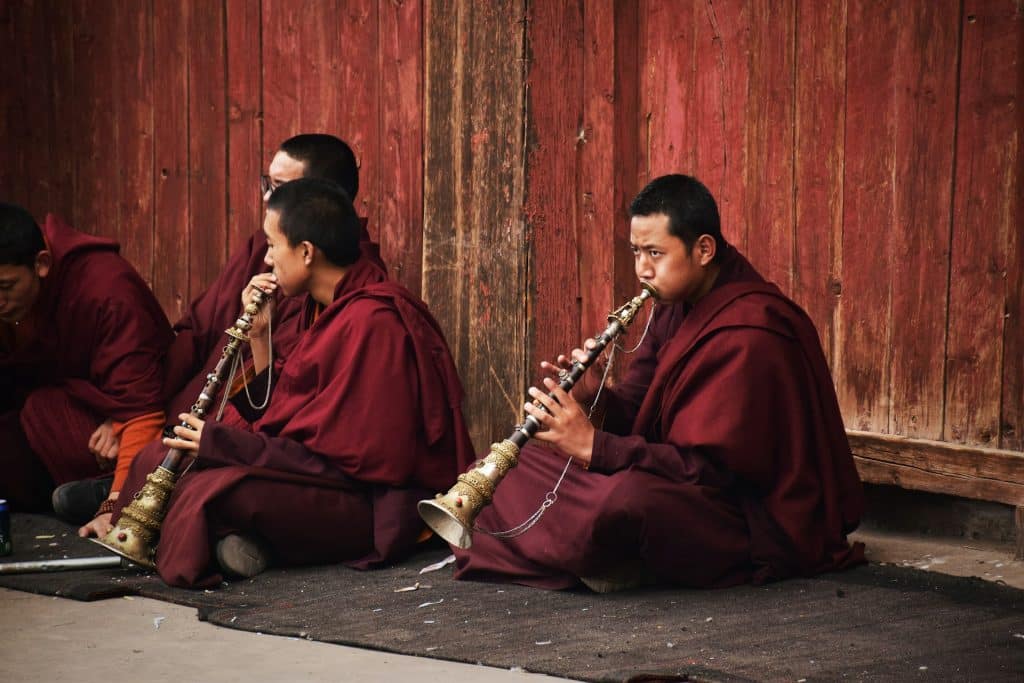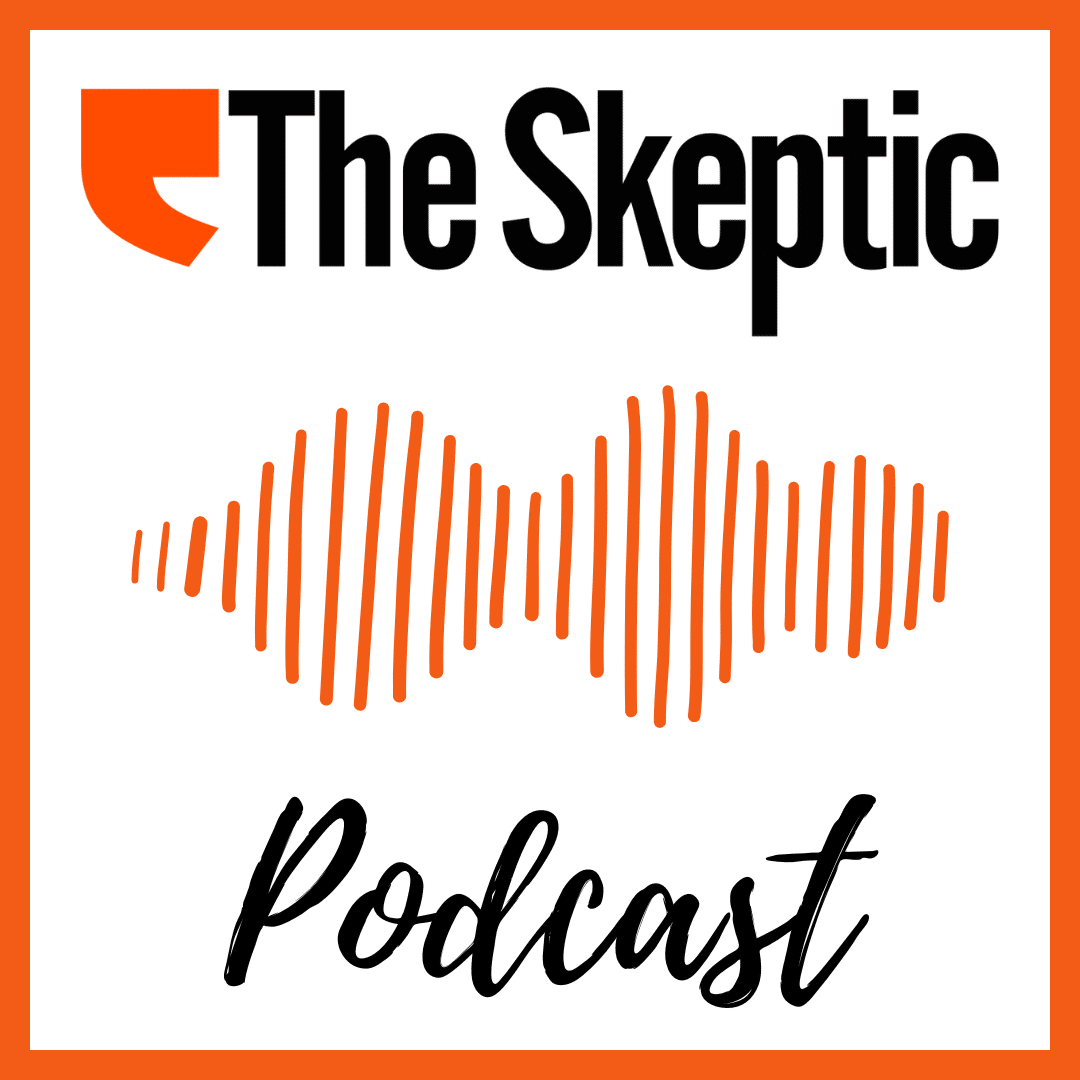Since the Chinese Communist Party took power in 1949, China has maintained a fundamentally hostile stance toward religion, rooted in the promotion of state atheism and Marxist ideology. This has manifested in systematic campaigns of persecution against religious groups that the government perceives as threatening, such as Falun Gong – subject to mass arrests, torture, and forced labour since 1999 – and Uyghur Muslims, who face mass detention, surveillance, forced assimilation, and severe restrictions on religious practice. Even for religious communities deemed more tolerable, such as officially recognised Buddhist or Christian groups, the state insists on strict control, exemplified by its attempts to designate Catholic bishops and, most prominently, to assert authority over the succession of Tibetan lamas.
The Chinese government’s hostile approach to religion has led to many tragic stories, with one of the most poignant being the case of Gedhun Choekyi Nyima, a six-year-old boy recognised by the Dalai Lama in 1995 as the 11th Panchen Lama – a key figure in Tibetan Buddhism. Just days after his recognition, Chinese authorities forcibly disappeared Gedhun and his family, and they have not been seen or heard from since, making Gedhun one of the world’s youngest political prisoners. In a calculated effort to assert control over Tibetan Buddhism and undermine the Dalai Lama’s influence, the government then named its own Panchen Lama, Gyaincain Norbu, attempting to legitimise his authority with orchestrated trips abroad and public appearances. However, Tibetan Buddhists widely reject his status, remaining unconvinced of his legitimacy and steadfast in their support for the missing Gedhun Choekyi Nyima.
Tensions are mounting as the Dalai Lama approaches his 90th birthday this weekend, with widespread concern that the Chinese government may attempt to manipulate the selection of his successor in much the same way it did with the Panchen Lama. The apprehension is rooted in China’s repeated assertions that it holds the exclusive right to approve the reincarnation of Tibetan religious leaders, including the Dalai Lama, and its demonstrated willingness to install its own candidates to legitimise its control over Tibetan Buddhism. This has led many Tibetans and international observers to fear that, following the Dalai Lama’s death, Beijing could use its influence to appoint a successor who would serve its political interests.
In response to these concerns, the Dalai Lama has taken the unprecedented step of declaring in his most recent book, Voice for the Voiceless, that his successor will be born outside China – in what he calls the “free world” – to prevent the Chinese government from controlling the next Dalai Lama. On Wednesday, he elaborated further on his succession plan as part of events around his birthday on July 6th, signalling a clear rejection of Beijing’s claims over the process. Previously, the Dalai Lama had raised the possibility that the institution of the Dalai Lama itself could end with him, a move that would be aimed at preventing the office from being co-opted by Chinese authorities and preserving the integrity of Tibetan spiritual tradition.

The debate over the Dalai Lama’s succession is rooted in a long-standing dispute about the proper method for recognising his reincarnation. Historically, Tibetan Buddhists have relied on a process guided by spiritual signs, oracles, visions and tests to identify a child with precocious spiritual knowledge who is believed to be the Dalai Lama’s reincarnation; this method is led by senior monks and oracles and is considered sacred and authoritative within Tibetan tradition.
In contrast, the Chinese government asserts that the 1793 “Imperially Approved Ordinance for Better Governance of Tibet” mandates the use of the Golden Urn – a ceremonial lottery where names of candidates are drawn from a golden urn, with final approval required from Beijing – to ensure state control over the process. While the Golden Urn has been used for some Dalai Lamas and Panchen Lamas since the late 18th century, it was often bypassed when spiritual signs were considered unequivocal, and Tibetan Buddhists generally reject the idea that the Chinese state has the right to dictate the process.
Many Western governments have taken significant steps to support Tibetan claims, openly criticising China’s intent to use the Golden Urn and expressing disdain for Beijing’s interference in what they view as a spiritual and internal matter for Tibetan Buddhists. As skeptics, we can certainly sympathise with the Tibetan people as the oppressed group, recognising their right to preserve their own traditions and resist external imposition. However, at its core, this is a dispute that requires taking sides in what is, frankly, an absurd debate. The entire controversy hinges on the assumption that the Dalai Lama will be reincarnated – a metaphysical proposition that simply does not make sense. While the political and human rights issues at stake are real and important, the underlying premise of the succession – the belief in reincarnation – remains an extraordinary claim that lacks empirical foundation.
At first glance, the Tibetan method of identifying the Dalai Lama’s reincarnation appears more credible than the Golden Urn lottery. Rather than leaving the selection to chance – a process that ought to be dismissed as mere superstition akin to ancient oracles – the Tibetan approach involves a seemingly rigorous, multi-layered investigation: senior monks subject candidates to tests of spiritual knowledge and recognition of personal items from the previous Dalai Lama. This process gives the impression of empirical grounding, as the chosen child often demonstrates remarkable familiarity with the life and possessions of his predecessor, which might suggest a deeper, if not mystical, connection.
The phenomenon of children claiming to remember past lives is precisely the sort of thing that psychiatrist Ian Stevenson investigated in great detail throughout his career, gathering thousands of cases worldwide where young children described details of allegedly past lives, sometimes with birthmarks or behaviours that eerily matched those of deceased individuals. However, skeptics have long debunked such claims, pointing out that many cases rely on confirmation bias, unreliable testimony, or even outright fraud, with children sometimes being coached or influenced by family members eager to believe in reincarnation – and perhaps make a buck.
Tibetan methods for identifying the Dalai Lama’s reincarnation, such as asking children to choose objects belonging to the previous Dalai Lama, are open to similar objections; senior monks could subtly – or not so subtly – guide children toward the “correct” choice, or children could be influenced by the ideomotor effect, unconsciously responding to subtle and unconscious cues from those around them. This is one reason the Chinese eventually favoured the Golden Urn, as a supposedly more transparent way to avoid corruption – though, of course, that method is not without its own problems.
The only way to even begin to consider the Tibetan methods as remotely reliable would be to conduct a rigorously blinded trial, but, as you might expect, the monks are not exactly following double-blind protocols or peer-reviewed scientific procedures – they are simply repeating practices rooted in medieval tradition.
Even if we were to grant that a child can identify objects or recall details about the Dalai Lama’s life that seem otherwise inexplicable, this still does not resolve the fundamental philosophical problems with the idea of reincarnation. The core issue is personal identity: our sense of self is most reliably grounded in the continuity of our bodies and conscious experiences, and many philosophers argue that bodily continuity is the superior criterion for identity because the body is unique and cannot be duplicated; identity follows the body in a way that is both observable and verifiable. In contrast, psychological continuity – such as memories or character traits – can be ambiguous and even duplicated, as seen in cases where more than one child claims to be the reincarnation of the same individual; if we accept such claims, it would imply – on account of transitivity – that the children are not separate persons, which is absurd.
Crucially, neurological evidence – like the fact that injuries to specific brain regions can dramatically alter personality, memory, and even fundamental aspects of consciousness – shows that our minds are not separate from our brains. This supports the idea that the mind depends entirely on the brain and body, and there is no independent “soul” that could survive death or transfer to another body.
There’s also the classic “growing population” puzzle that tends to crop up in any discussion of reincarnation. When the current Dalai Lama was born in 1935, the world’s population was about 2 billion; by the time his successor is chosen, there will be over 8 billion people on the planet. So, where did all these new souls come from? Are we to imagine a cosmic waiting room, packed with spiritual newcomers, all jostling for a chance at a human birth?
This objection is a favourite among skeptics and armchair philosophers, and it does highlight the oddity of trying to square reincarnation with demographic reality. However, in fairness, reincarnationists have developed a variety of creative explanations: some propose that souls migrate from other realms or life forms, while others suggest that new souls are continuously created. Whatever the solution, though, it is plainly ad-hoc and seemingly desperate, amounting to a far-fetched patch rather than a genuinely convincing way forward.
The Dalai Lama deserves real credit for his modernizing stance and openness to science, as shown by his willingness to engage in dialogue with scientists, encourage scientific education among monks, and even state that Buddhist beliefs should yield to scientific evidence if conclusively disproven. This is a refreshing contrast to many religious leaders and has helped foster a more nuanced conversation between Buddhism and modern science.
However, it’s important to recognise that many in the West have hyped the Dalai Lama far beyond what is warranted, sometimes casting him as a beacon of modernity when, in reality, he remains deeply rooted in traditional beliefs and practices. Yes, Buddhism has its merits – it is often less dogmatic and historically less violent than the Abrahamic faiths, and as Robert Wright points out in Why Buddhism Is True, it offers valuable insights into moral psychology. But at the end of the day, Buddhism is still layered with irrational elements, especially regarding metaphysical claims like reincarnation. When these irrational beliefs become entangled with politics, the results can be tragic, as seen in the 1995 kidnapping of the Panchen Lama.
I sincerely hope the Tibetan people achieve their liberation, but I also hope that, as their political consciousness matures, they will look to rational principles for guidance – rather than relying on ancient superstitions about souls migrating from one body to another.



